You are using an out of date browser. It may not display this or other websites correctly.
You should upgrade or use an alternative browser.
You should upgrade or use an alternative browser.
Figuring out how to start growing grapes.
- Thread starter Xnke
- Start date

Help Support Winemaking Talk - Winemaking Forum:
This site may earn a commission from merchant affiliate
links, including eBay, Amazon, and others.
A scratch test on the woody part will tell if it's still green. If it's a vibrant fresh green, then it's still alive. If it's a dull, dry green, then it's on the way out. No green = dead.
Masbustelo
Junior Member
Grapes are probably different, but I have some apple tree grafts I made nine weeks ago that are leafing out this week.
Sorry. You learn from failure. I know that I try to improve each year if I see an outcome that could be better.
So I took some photos a few weeks back of the University vines, in the Vinifera section. They're much more leafed out at this point. The rows are mostly empty, only the first 40 feet or so have vines planted.
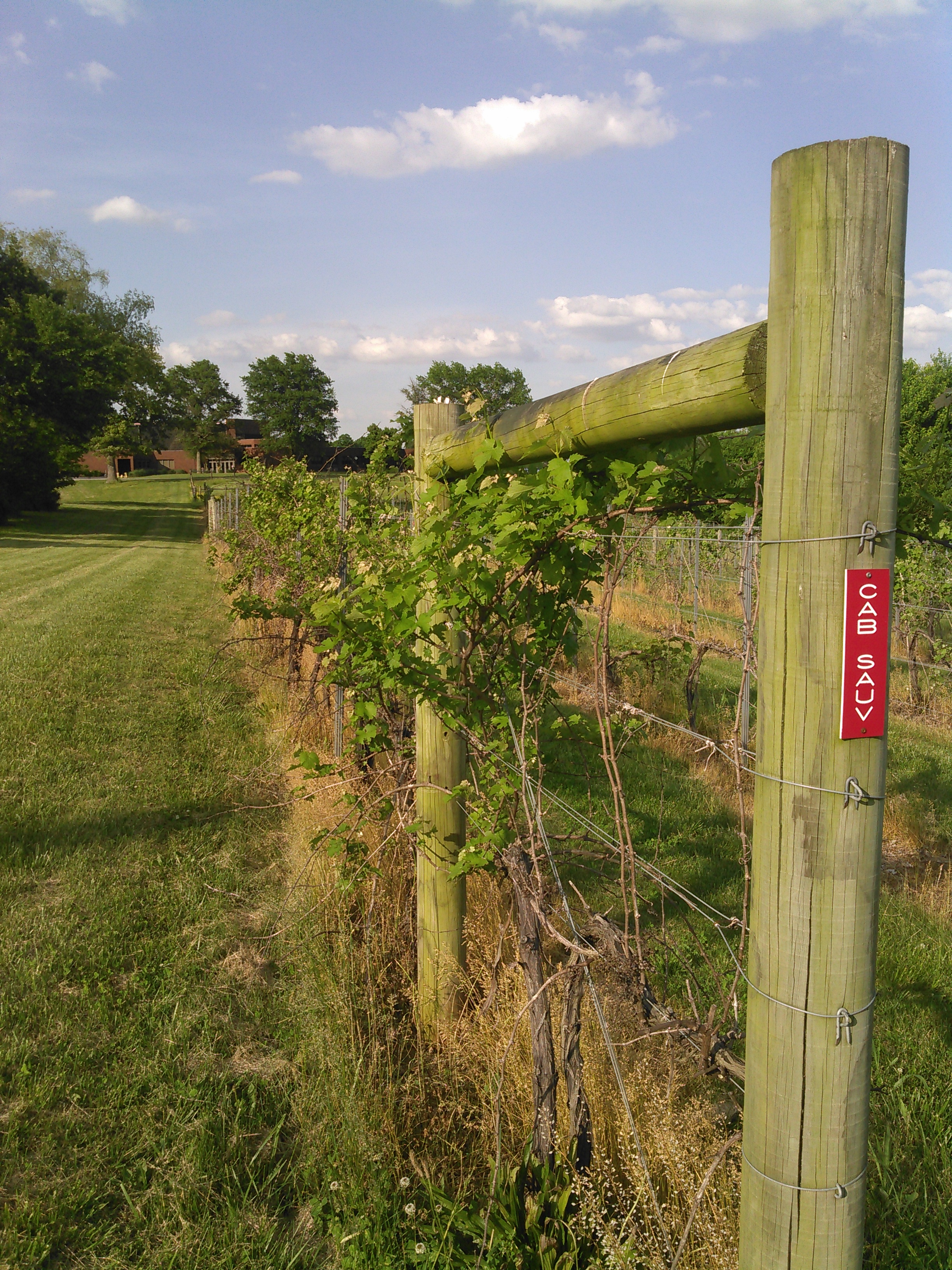
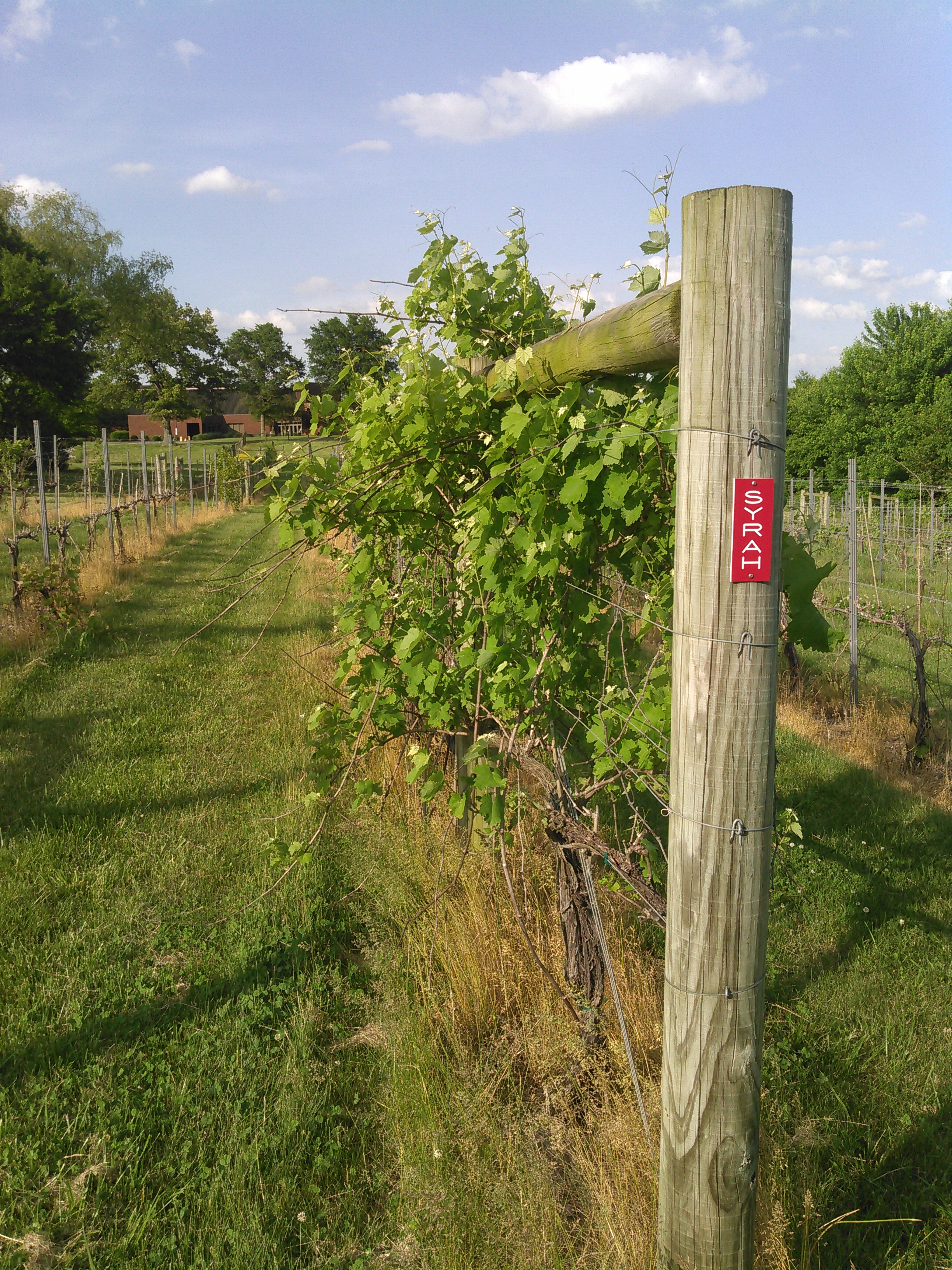
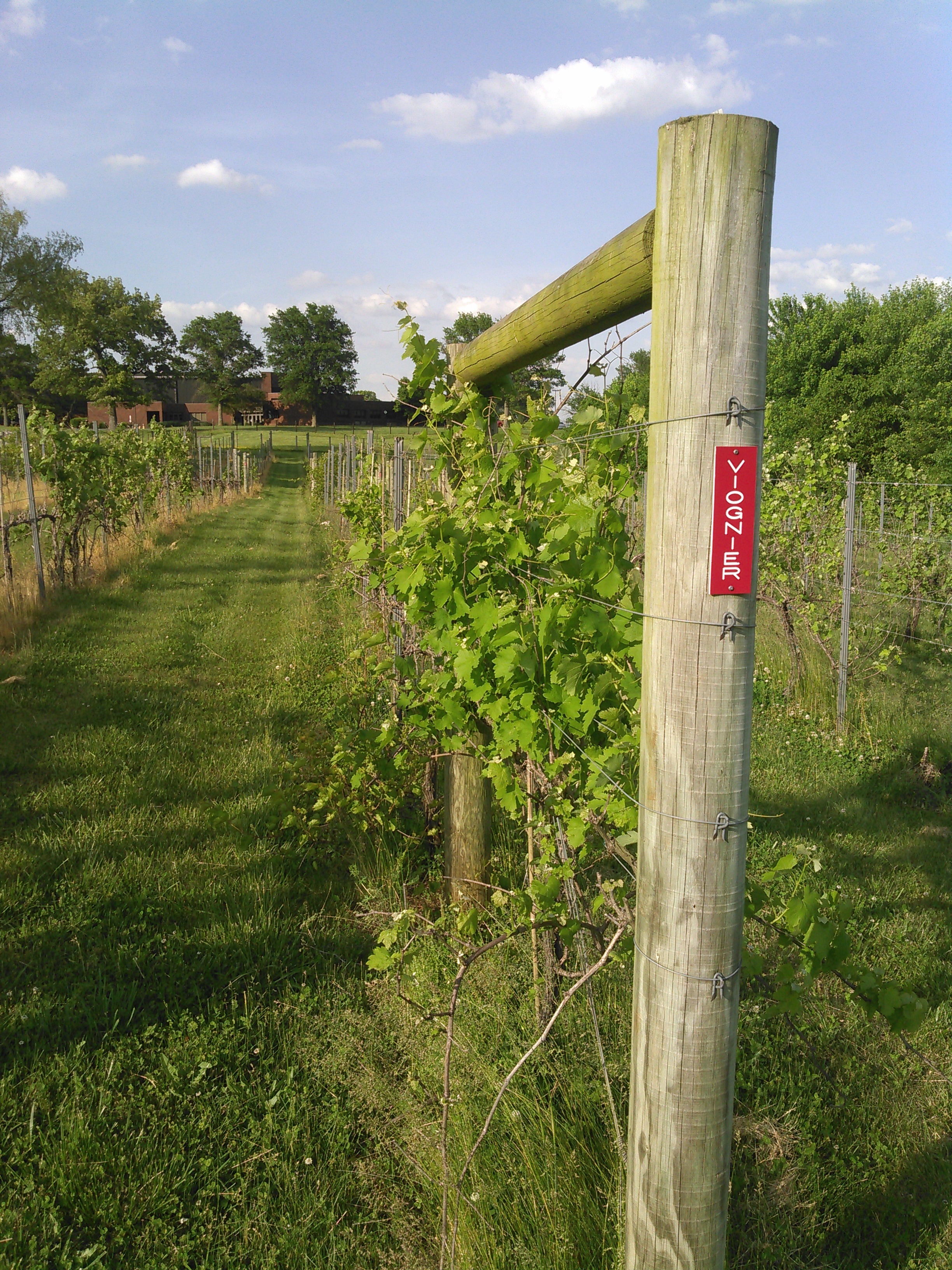
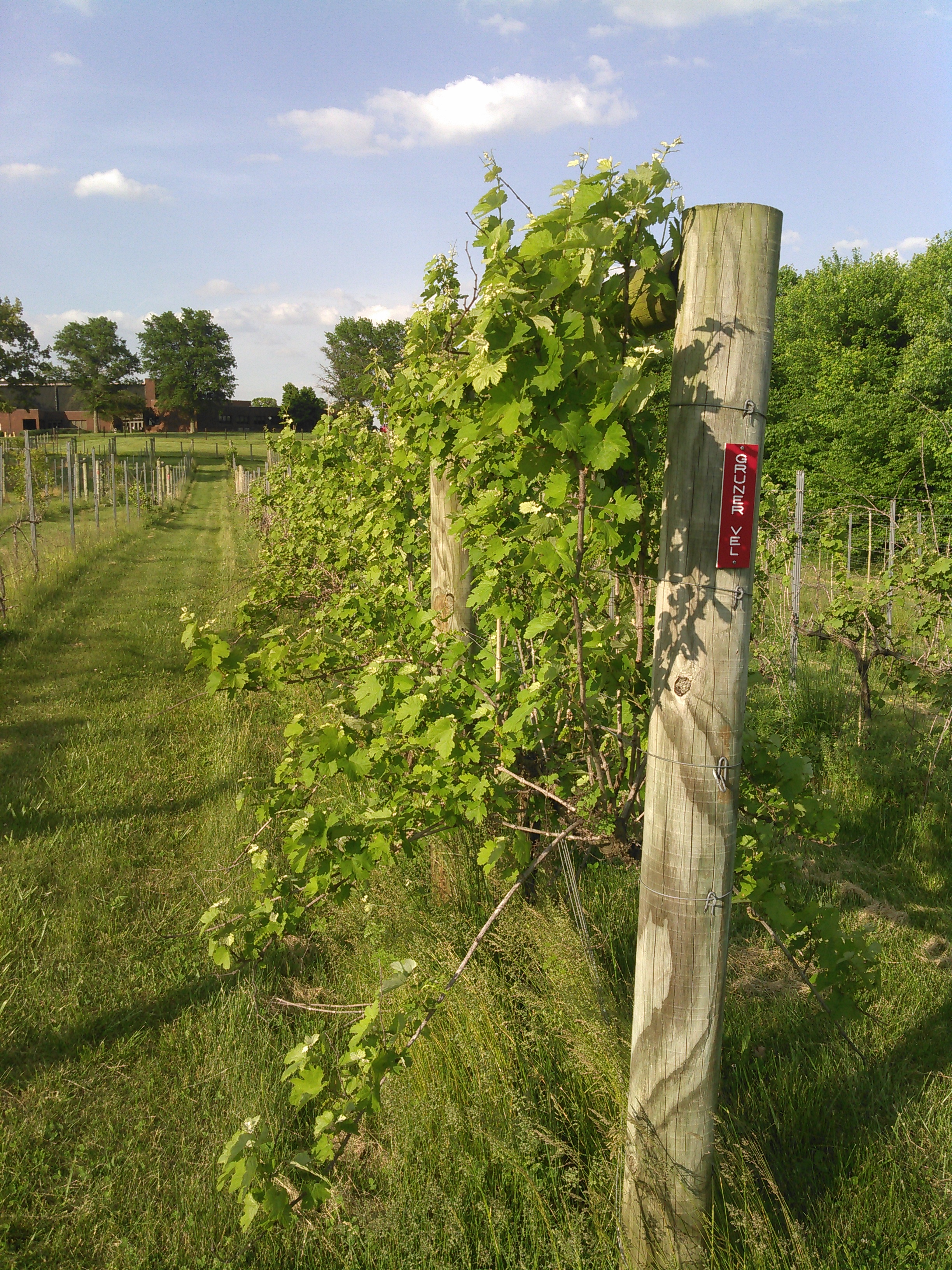
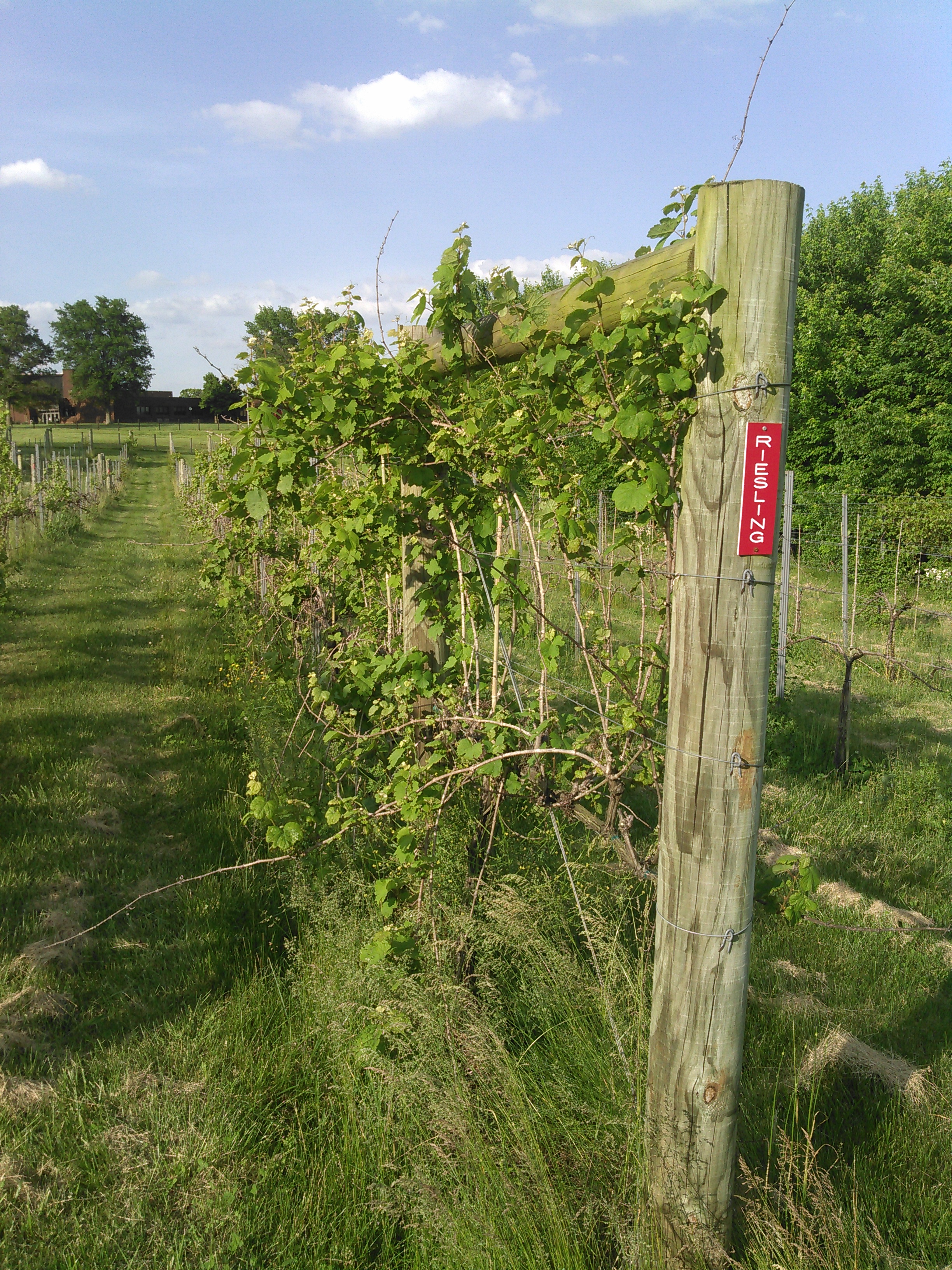
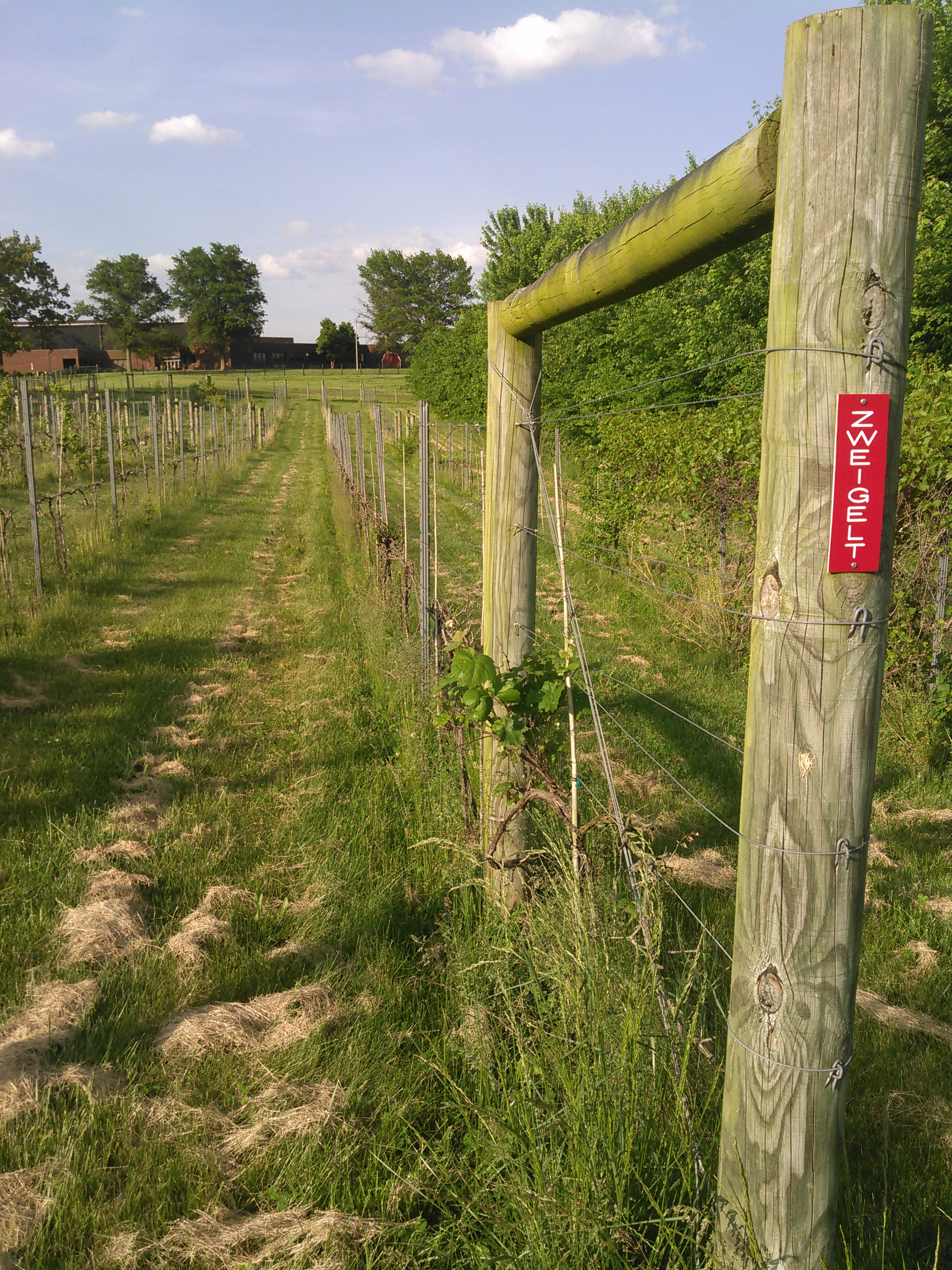
Zweigelt has another row to the right of the photo-That row is all 101-14Mgt.






Zweigelt has another row to the right of the photo-That row is all 101-14Mgt.

$155.96 ($155.96 / Count)
Winexpert Revelation Napa Cabernet Sauvignon 3 Gallon (Limited) Wine Ingredient Kit
Discount Hydroponics LLc

$169.50 ($169.50 / Count)
Wine Ingredient Kit - CRU SELECT Australia Style Chardonnay
Bridgeview Beer and Wine Supply

$14.80
$24.00
The Geography of Wine: How Landscapes, Cultures, Terroir, and the Weather Make a Good Drop
Amazon.com

$65.48 ($65.48 / Count)
Complete Fruit Wine Base Kit-Cherry 128oz, EC-1118, Potassium Sorbate, Campden Tablets
Home Brew Ohio

$6.99 ($0.35 / Count)
Red Supply Solution Wine Grape 20 Seeds - Vitis Vinifera, Organic Fresh Seeds Non GMO, Indoor/Outdoor Seed Planting for Home Garden
ORGINBUD LLC

$74.99 ($74.99 / Count)
Delirious Trembles Belgian Golden Strong Ale, Beer Making Extract Kit
Boomchugalug
I'd be worried if they were my grapes, but I don't know what they are trying to achieve. Several look dead. You took these recently, right?
This was a week and a half after they started leafing out, so several weeks ago.
Many of them are dying out, as they were student grafted and not all of them were well protected through the winters, the last two having been particularly cold for the area.
They are all on 101-14MGT roots, and the plants that have survived the winters well are supposedly good producers-they have set quite a bit of fruit since these photos were taken. We will see, I guess.
Like I said earlier-they are doing nothing with this section this year. In the fall they will all be pulled and replanted with student-grafted vines again, with the grafting done in February and planting in April.
Many of them are dying out, as they were student grafted and not all of them were well protected through the winters, the last two having been particularly cold for the area.
They are all on 101-14MGT roots, and the plants that have survived the winters well are supposedly good producers-they have set quite a bit of fruit since these photos were taken. We will see, I guess.
Like I said earlier-they are doing nothing with this section this year. In the fall they will all be pulled and replanted with student-grafted vines again, with the grafting done in February and planting in April.
Well, the leaves on those vines that are growing at least look healthy. Have you ask what issues they have to tend with each year?
Mostly anthracnose and black rot. So far this year, no black rot for them or me, but we both have some anthracnose.
I did find out why the vines were dying out. They have a serious crown gall infection, one they have been fighting since day 1. After the winter kill, many of the vines succumbed to one or the other, so thats why the block "reboot". The instructor showed me this yesterday when. I was there.
I did find out why the vines were dying out. They have a serious crown gall infection, one they have been fighting since day 1. After the winter kill, many of the vines succumbed to one or the other, so thats why the block "reboot". The instructor showed me this yesterday when. I was there.
Did they mention what they use to treat this?
Plant in a new spot and burn the old vines could be a course of action. If it's wide spread, they have an issue. Planting new vines in the same spot may result in the same problem as gall comes from a type of bacteria in the soil. Some vineyards will dig out the soil and replace it when planting new vines.
It may not be needed. There was wide usage of string trimmers at the time, and they think string trimmer damage combined with poor graft hygiene is what caused their problem, as if it was soil bound they would expect every plant to be affected to some degree.
I am going to ask about using a section of their (seriously overbuilt, using telephone pole sections) trellis for grafting experiments this winter.
I am going to ask about using a section of their (seriously overbuilt, using telephone pole sections) trellis for grafting experiments this winter.
Nice. I'll need to get some of those I think, people get wild with string trimmers around here.
In other news, I gave up grafting the way it's done in the grape world, and went for doing it the way I grafted pepper plants onto tomato roots. Green-on-green cleft graft, wrapped in electrical tape. So far, one Mourvedre grafted onto 3309C has taken!
In other news, I gave up grafting the way it's done in the grape world, and went for doing it the way I grafted pepper plants onto tomato roots. Green-on-green cleft graft, wrapped in electrical tape. So far, one Mourvedre grafted onto 3309C has taken!
Which type of grafts were you using? It looked like every one was a bud graft. You may want to try a cleft graft.
I was chip budding the way I did it with roses, but that only works with dormant wood, generally. I have never had any luck grafting dormant wood on green wood.
The green-on-green grafts have been whip or cleft grafts. The cleft graft of Mourvedre onto 3309C has been the one that has healed and started pushing buds so far, and I am setting up to air later the rootstock next. Once it has roots, I'll try to sever it from the mother plant.
The green-on-green grafts have been whip or cleft grafts. The cleft graft of Mourvedre onto 3309C has been the one that has healed and started pushing buds so far, and I am setting up to air later the rootstock next. Once it has roots, I'll try to sever it from the mother plant.
Masbustelo
Junior Member
Here is a grape grafting technique I ran across today. Air layering is generally very easy to do, either using plastic bottles, or burying part of the vine. ....The vine, however, does not unite as readily as pear and apple would when grafted. To ensure success, grape vines must be grafted under ground, which makes the operation a difficult and disagreeable one. It will therefore hardly become a general practice; but, for the purposes above named, is of sufficient importance, to make it desirable that every vineyardist should be able to perform it. Generally the best time to successfully graft in the Midwest is in about the middle of March, in the following manner: Dig away the ground around the vine you wish to graft, until you come to a smooth place to insert your scion; then cut off the vine with a sharp knife, and insert one or two scions, as in common cleft-grafting, taking care to cut the wedge on the scion very thin, with shoulders on both sides, cutting your scion with two eyes to better insure success.
Great care must be taken to insert the scion properly, as the inner bark or liber of the vine is very thin, and the success of the operation depends upon a perfect junction of the stock and scion. If the vine is strong enough to hold the scion firmly, no further bandage is necessary; if not, it should be wound firmly and evenly with bass bark. Then press the soil firmly on the cut, and fill up the hole with well-pulverized earth, to the top of the scion. Examine the stock from time to time, and remove all wild shoots and suckers, which it may throw up, as they will rob the graft of nourishment and enfeeble it. Source NDSU plant propagation.
Great care must be taken to insert the scion properly, as the inner bark or liber of the vine is very thin, and the success of the operation depends upon a perfect junction of the stock and scion. If the vine is strong enough to hold the scion firmly, no further bandage is necessary; if not, it should be wound firmly and evenly with bass bark. Then press the soil firmly on the cut, and fill up the hole with well-pulverized earth, to the top of the scion. Examine the stock from time to time, and remove all wild shoots and suckers, which it may throw up, as they will rob the graft of nourishment and enfeeble it. Source NDSU plant propagation.
Masbustelo
Junior Member
Grafting dormant scions onto green wood. Subtitles in English.
Similar threads
- Replies
- 1
- Views
- 367















































